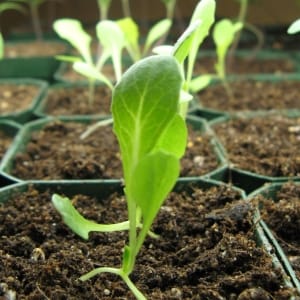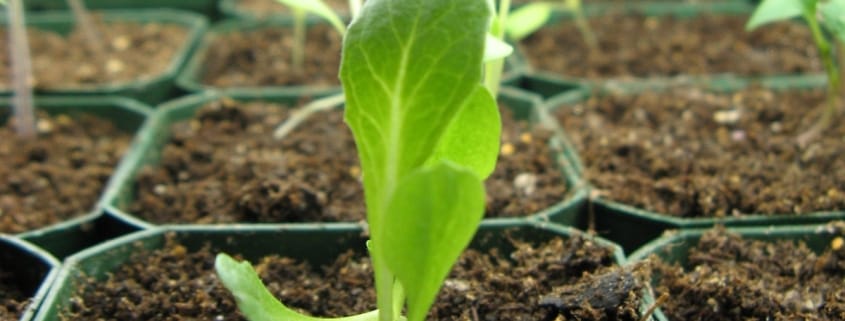Spring … it’s just around the corner
 by Keith Mundy The Spires Nursery Tilba Tilba
by Keith Mundy The Spires Nursery Tilba Tilba
Well, here we are with spring just around the corner and, with it, the start of the gardening year. New growth appears on deciduous plants, perennials wake from their enforced winter hibernation and bulbs pop up everywhere as new life begins.
The next couple of months involves many tasks in the garden including the preparation and planting of the spring vegetable garden, planting of flowering annuals and the completion of late winter and early spring chores that need finalising before too much new growth appears on plants.
Pruning of deciduous fruit trees and roses should be close to being completed. Winter spraying must have been completed and, if not, just check that the buds are showing a slight colour and have not burst. If they have burst, then you have missed the boat and any spraying with a winter spray could burn the blossom leading to no or very little fruit set.
New growth on roses and fruit trees are a delicious target for aphids so keep an eye out for them. Spray with an organic insecticide or a synthetic pyrethroid and this will halt their progress.
The vegetable garden should be getting the finishing touches prior to planting. Initially, the garden should be dug over to a spade’s depth and lime should be spread at the rate of 500 gms per square metre all over the bed. Some well-rotted cow or poultry manure can be added and forked in.
If all this preparation sounds too much it should be remembered that a fast-growing vegetable is a delicious vegetable. Plants that grow slowly are usually bitter and poor performers with small fruit or reduced crops.
When growing vegetables, it is important to practice crop rotation. By this I mean don’t plant the vegetables in the same position as you had them in last season. This applies particularly to tomatoes and potatoes as these two groups of plants are in the same family and any pests or diseases lying dormant in the soil could cause problems with the new crop this season.
One major factor is to only grow as many vegetables as your family requires. It’s best to avoid growing crops where the bulk of the harvest comes all at once unless you can put the extras in the freezer for the out of season periods.
Another trick is to go for quick turnaround vegetables that can be picked and replaced regularly like lettuce, Asian greens, beans and spring onions.
Plant taller vegetables like corn and tomatoes on the side of the garden that is less likely to shade the rest of the garden.
For more permanent kitchen crops like herbs, it is important to remember that there are three main categories of herbs. There are moisture lovers, like mints and coriander; the dry garden herbs like parsley, sage, rosemary and the thymes; and the higher-nutrient leafy forms like the perpetual lettuce, spinach, basil and more of the leafy herbs.
This month will be your last chance to plant bare rooted fruit trees and roses and, as I have said many times, it’s important you pay particular attention to the condition of the plants you are about to purchase.
Poorly stored plants in retail situations can allow the root systems to dry out and if this has happened the chance of the plant failing to re-shoot is very high and that means money ill spent.
Look for plants that show no signs of the bark shrivelling or the roots being dry. If there is any indication of this, leave the plants alone. No matter what the discounted price might be, they will be a failure.
Ensure when planting these new plants to prepare the soil well and water in.
Anyway, now that you have all the information, you had better get out and get on with it. Till next time, happy planting.


